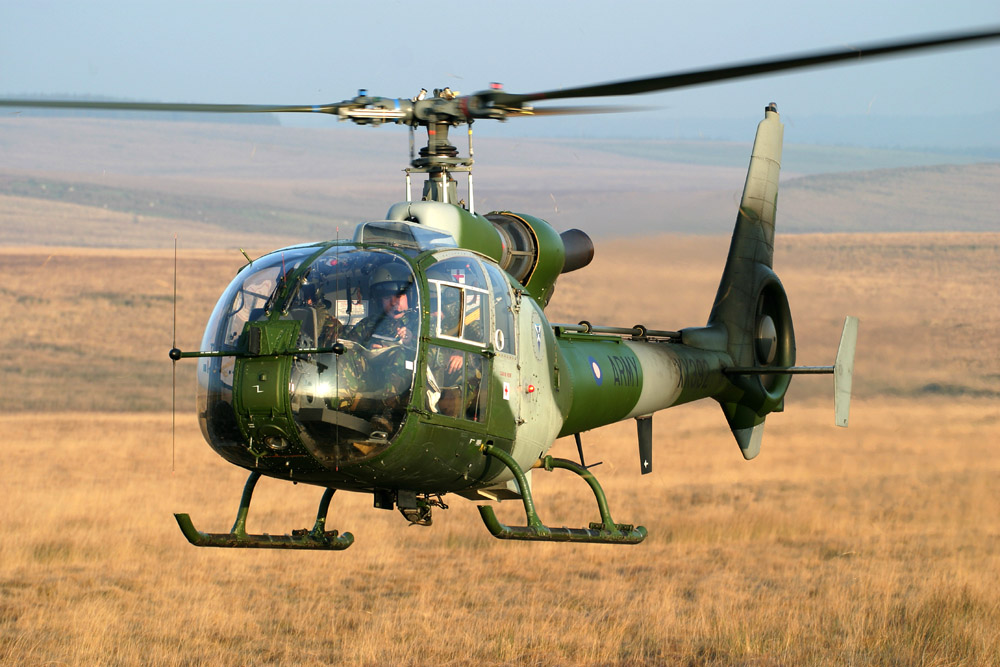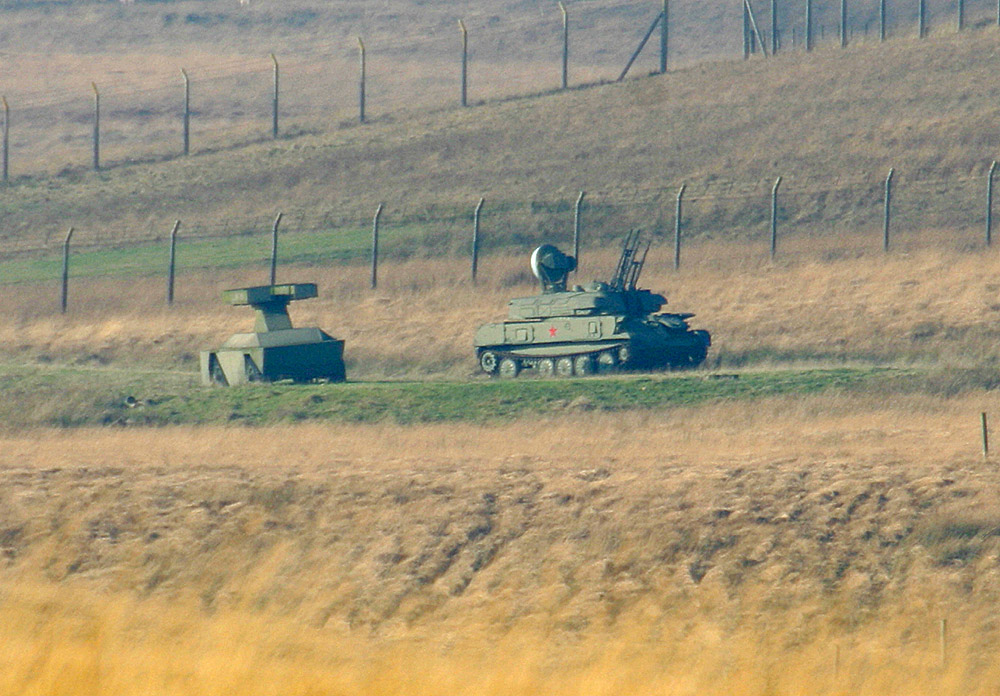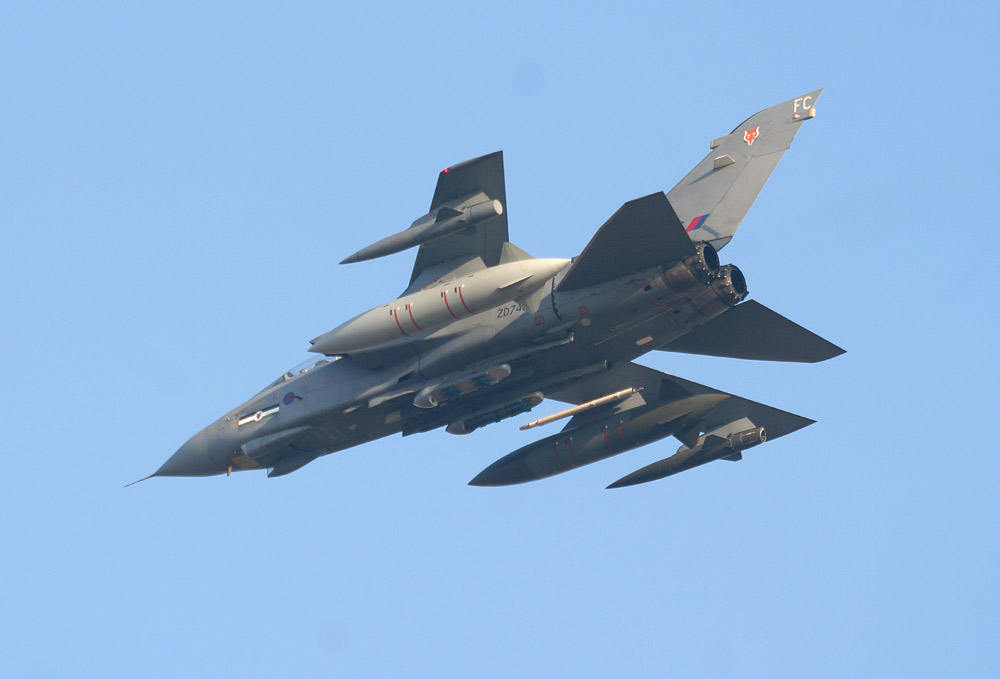LFA13 RAF Spadeadam |
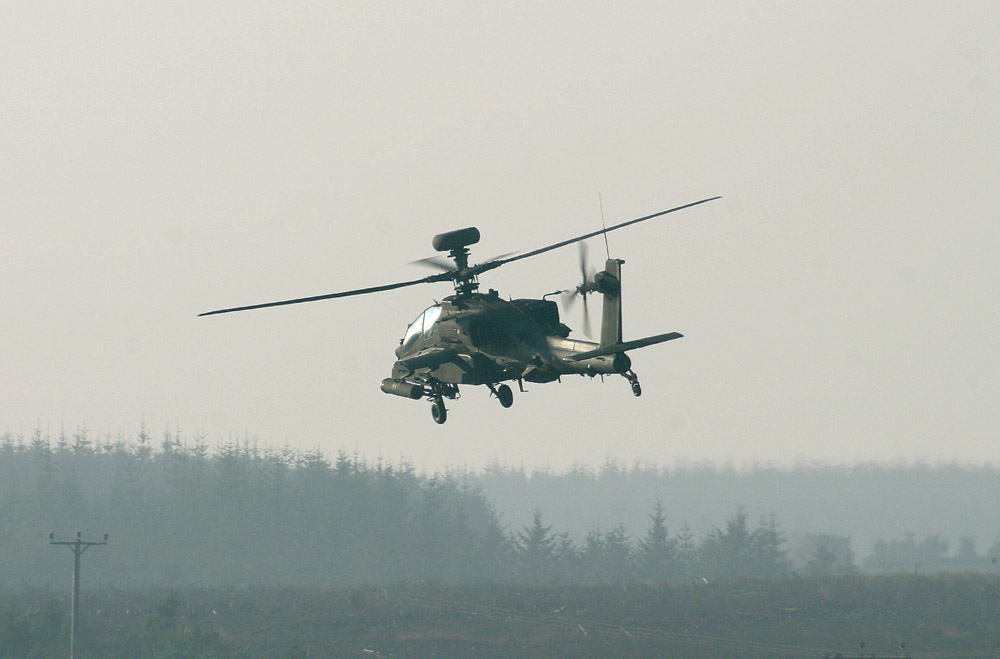 |
RAF Spadeadam that is also referred to as LFA13 or Danger Area D510, on NOTAMís is the RAF's largest station anywhere covering around 9000 acres. The Electronic Warfare range at Spadeadam located at the northern end of Low Flying Area 17. The Range is identified as Low Flying Area 13 within the RAFís low fly system. It extends from Hawick in Scotland, south to Alston in England and from Langholm in the West to Hexham in the East. Within its perimeter are numerous targets and electronic threats can be simulated primarily for the RAF, but other NATO Air Forces use the range as well. The aim is to achieve realistic Electronic Warfare training |
|
| Signals on the range stimulate the aircraft's Radar Warning Receiver and jamming systems, causing the aircrew to react to the threats by employing various tactics to 'survive', depending on what type of threat they think is 'attacking' them. All these different systems mean that the Range can reproduce realistic scenarios for almost any theatre of operation in the world. The aircrews then try to evade the threats, whilst carrying out their assigned mission. There are a mixture of real SAM and AAA systems, emulators and simulators currently in use on the Range. Additionally, they have an array of visual targets including a dummy airfield, complete with aircraft, missile sites and vehicle convoys. The aircrews try to evade the threats, whilst carrying out their assigned mission. The emulators are built in the West but fully replicate the real systems' characteristics. |
|
|
|
A number of the targets are former eastern block vehicles
|
Aircraft then react by jamming, chaff
and manoeuvres or a combination of all
three. Simulators transmit radar signals and track aircraft using
Secondary Surveillance Radar or cameras. The signals they produce are
authentic, but the simulators cannot 'see' and, therefore, cannot react to
an aircraft's counter-measures like the other systems. They are good for
lighting up the RWR and to activate the jamming pods, but they can't
provide the full tactical training required by most customers. All these
different systems mean that the Range can reproduce realistic scenarios
for almost any theatre of operation in the world. |
|
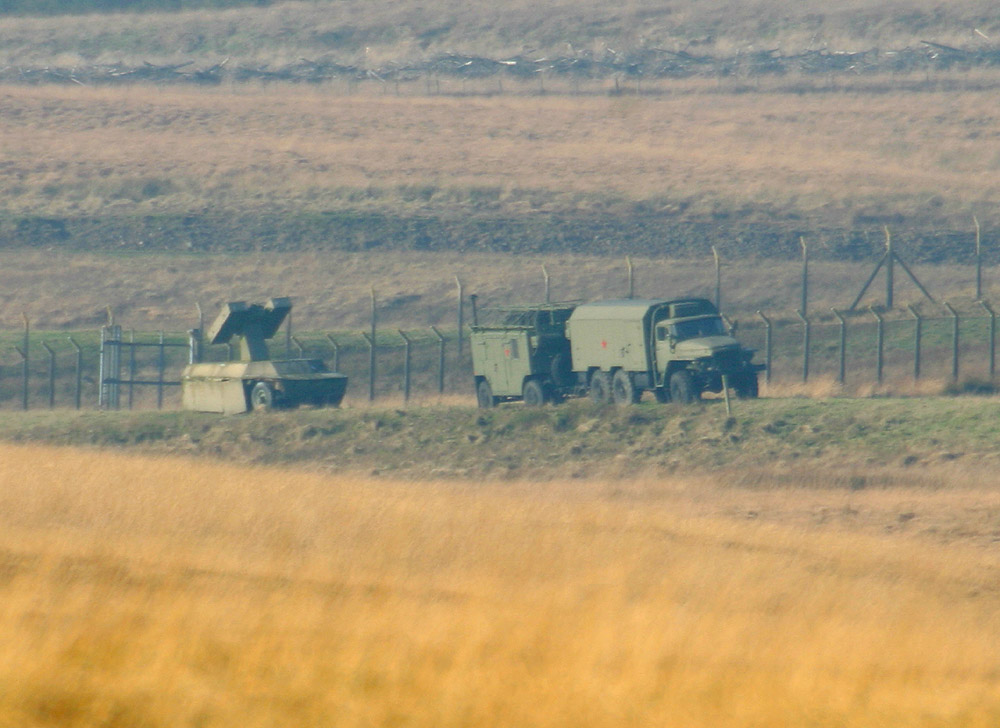 |
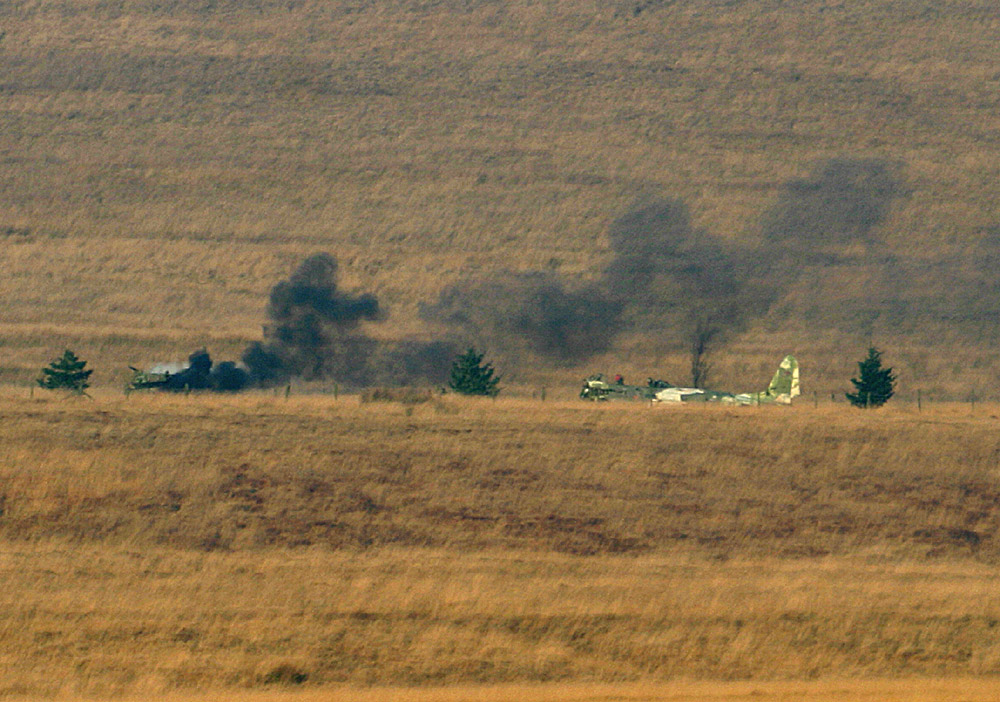 |
|
| These vehicles are made more authentic by adding the old soviet red star | An armored vehicle target is set on fire after a Tornado bomb run | |
 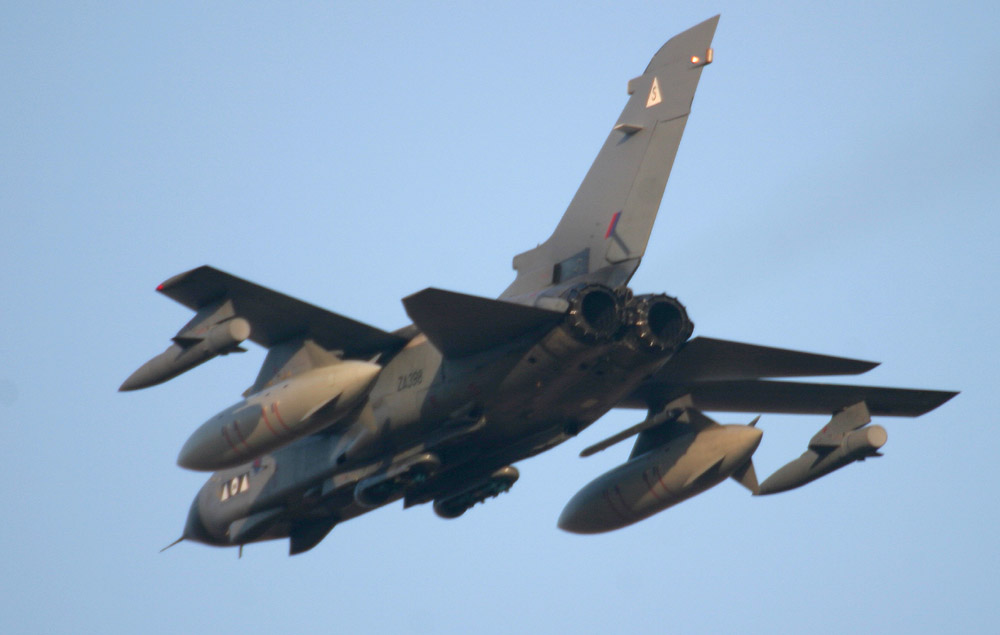
A few of the attacking aircraft on the Wiley Sike range
|
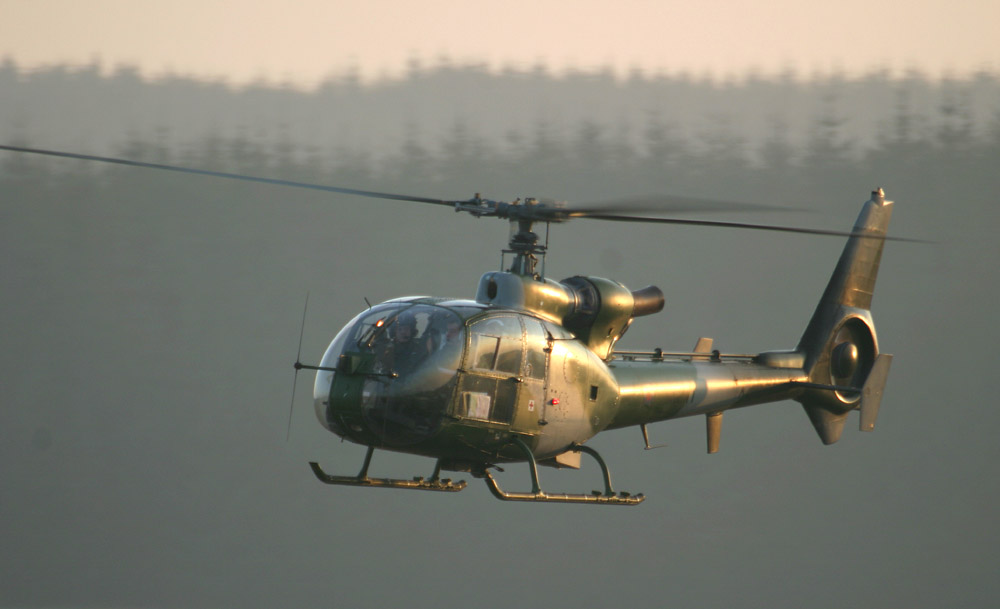
|
|
Spadeadam Activity
|
|||||||||
